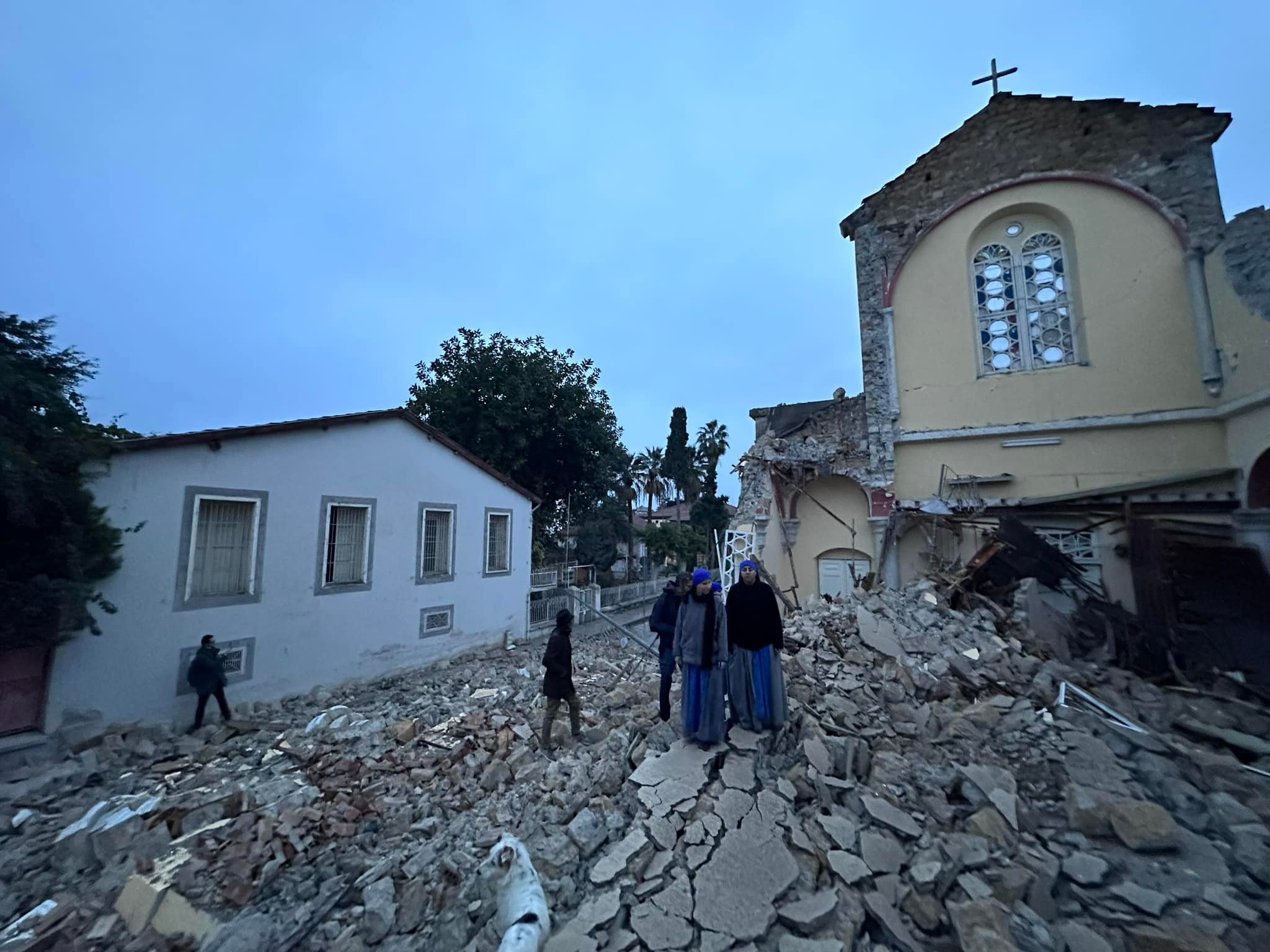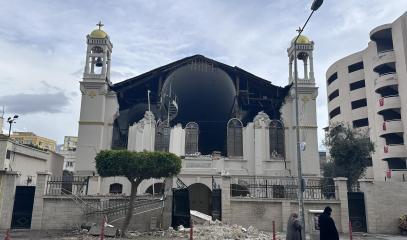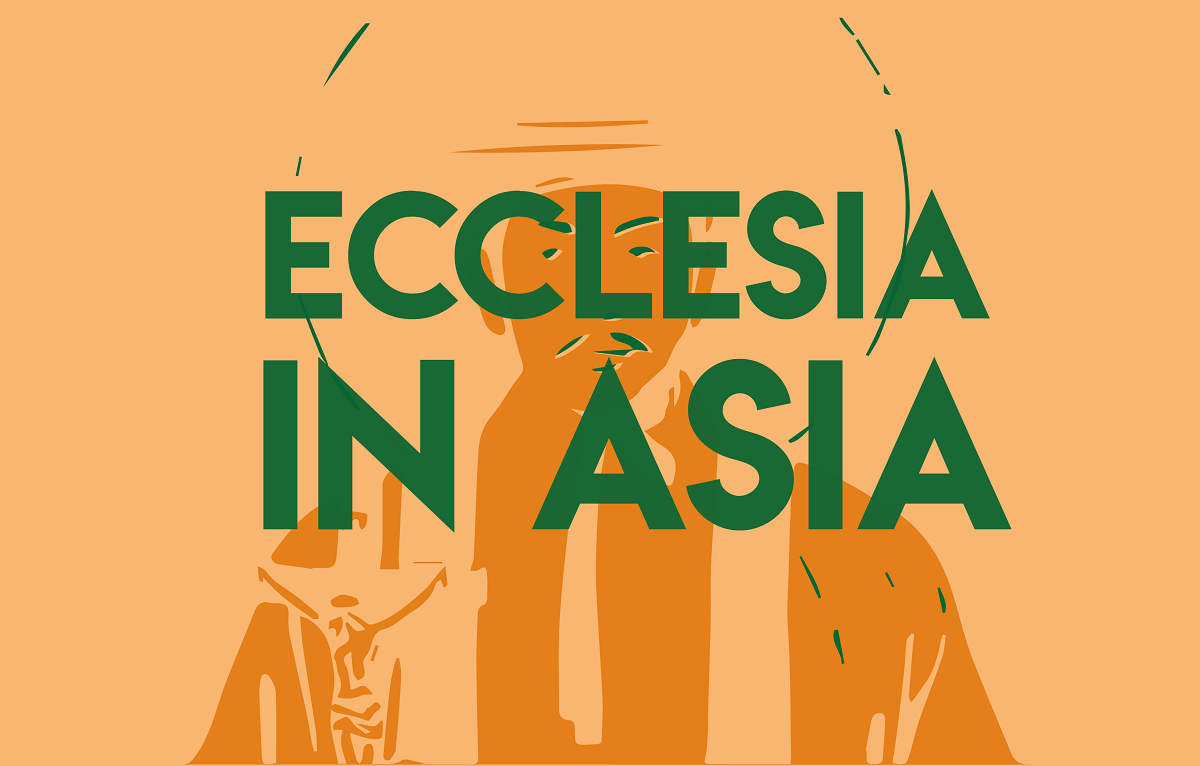Bishop Ilgit: critical issues remain two years after the Anatolia quake
The apostolic administrator notes that red tape and the lack of legal recognition of the Church are major problems. A torchlight rally was held at 4 am in Antakya to mark the moment when the main quake struck. The main opposition party slams the government, claiming that only 30 per cent of the promised reconstruction has been completed.
Milan (AsiaNews) – “Instead of two years, it seems that only two minutes have passed,” laments Bishop Antuan Ilgit, administrator of the Apostolic Vicariate of Anatolia, two years after a devastating earthquake struck Turkey and Syria on 6 February 2023.
The cathedral in Iskenderun (Alexandretta) still bears the marks of devastation "like all the churches in the city" and even those "left standing" like the Orthodox, the Syriac Catholic and the Greek-Catholic churches are “unfit for use,” while “there is a lot of red tape, and lack of legal recognition of the Catholic Church makes procedures even more difficult,” he writes in a note to AsiaNews. "However, the good will is there,” notes the bishop, the only Turkish bishop of the Latin rite. “I have excellent relations with the administration" and "we are committed" to rebuilding.
The 7.7-magnitude earthquake remains an open wound for Turkey (and neighbouring Syria) with scores of towns and villages in the country’s south and south-east still in an emergency situation, after the worst natural disaster in Turkey’s modern history.
The main shock was followed by at least 30,000 aftershocks over three months and the earth continues to shake; on 27 January a magnitude 5.1 quake was recorded in Malatya, which revived old fears and still raw traumas.
According to official estimates, an area the size of Germany (about 350,000 km2) was involved with up to 14 million people, or 16 per cent of the population.
The official death toll stands at 59,259 in Turkey and 8,476 in Syria, but local sources report that the real numbers of the tragedy are far higher, around 150,000.
According to UN experts, 1.5 million people are still homeless with damage estimated at US$ 148.8 billion, or 9 per cent of Turkey's Gross Domestic Product (GDP), while accusations and protests target the government for "negligence" in aid and reconstruction.
Two years after the deadliest and most destructive earthquake in Turkey's modern history, hundreds of thousands of people are still displaced, many still living in temporary shelters, while reconstruction efforts are lagging behind their initial targets.
The Hatay Earthquake Victims' Association reports that more than 400,000 people are still stuck in containers, with poor sanitation, inadequate healthcare, and an uncertain future.
In Antakya, the most affected city, some residents met this morning at 4:17 am (local time) with laurel branches and torches to remember the exact moment of the devastating quake, chanting slogans like “No forgetting, no forgiving, no reconciliation”.
The government has pledged to build 650,000 homes and President Recep Tayyip Erdoğan
promised in the weeks following the quake that 319,000 homes would be delivered within a year.
“We are fortunate to have delivered 201,431 independent units to their rightful owners less than two years after the earthquake,” Erdoğan said after a cabinet meeting on Monday.
Environment and Urbanisation Minister Murat Kurum added that US$ 75 billion had been spent on reconstruction in the worst-hit region.
Nevertheless, many residents are still living in makeshift conditions, while others have left their home provinces entirely, disrupting communities and livelihoods.
Özgür Özel, leader of the main opposition Republican People's Party (CHP), said that only 30 per cent of the promised reconstruction had been completed.
The housing completion rate in Hatay province was only 18 per cent. In addition, local sources complain that they are the victims of intimidation and threats from the police who prevented a rally to remember (and protest) from taking place today.
“Two years have passed and during these two years the bodies have been buried," said Bishop Ilgit. But many more are still missing, he explained: one group, “75 people, includes 30 children and at least 25 foreigners, mainly Syrians.”
The prelate points out that much of the rubble "was carried away creating large empty islands here in Iskenderun, but especially in the city of Antioch (Antakya)”; in the meantime "we have arranged the assembly hall of the Patristic Institute set up by Bishop Luigi Padovese, like a little church.”
In Iskenderun, together with Focolari volunteers, the community tries to "keep the flame burning through meetings" of young people, women, spiritual exercises. “If we do not take care of and keep together the stones that remain 'alive' it will be useless to rebuild the buildings,” he warns.
With respect to the Holy Year proclaimed by Pope Francis for 2025, "we have set up the small Church of Antioch, run by the Capuchins, as a Jubilee church to tell the world that we keep hoping,” he stressed.
Lastly, the apostolic administrator acknowledged that all is not as it should be in Christian organisations. “Unfortunately, Caritas Anatolia is not yet working at full capacity," he said. “There are many problems,” including "large, but poorly organised and monitored projects. This jeopardises the reorganisation at a critical time.”
Grateful for the support of many benefactors in Italy, he reiterated the commitment of the Church of Anatolia to properly use “the funds so that they really reach the truly needy”.
23/06/2023 18:56
01/04/2025 19:19
13/02/2023 20:37








.png)










